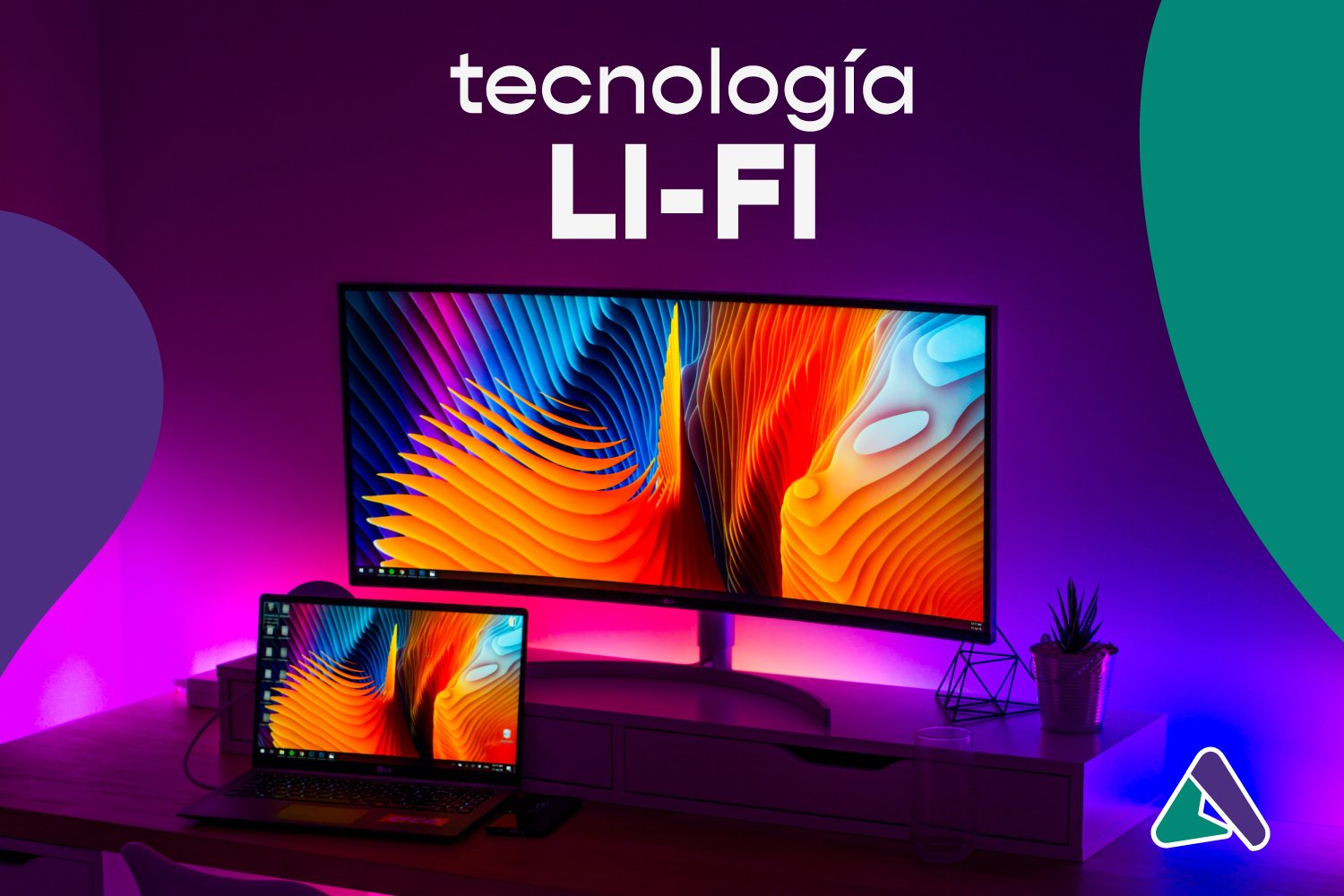Li-Fi is an emerging wireless communications technology that uses visible light to transmit data. It is an alternative to Wi-Fi technology that uses radio waves for data transmission. Li-Fi technology is based on the transmission of data through the modulation of visible light, which enables faster and more secure data transmission than conventional Wi-Fi technology. In this blog, we will explore what Li-Fi technology is and how it can be used in the telecommunications industry.
What is Li-Fi technology?
Li-Fi technology uses visible light for data transmission instead of radio waves, as used in Wi-Fi technology.-Fi. Li-Fi uses light intensity modulation technology to transmit data wirelessly. Li-Fi technology uses light-emitting diodes (LEDs) that emit light signals at different frequencies for data transmission.
Data transmission via Li-Fi technology is achieved by modulating the intensity of light. The light turns on and off very quickly, which is imperceptible to the human eye. Information is transmitted through the frequency of light signals that are switched on and off. Because Li-Fi technology uses visible light for data transmission, it cannot pass through walls, which means that data transmission is more secure and private.
How can Li-Fi technology be used in the telecommunications industry?
Li-Fi technology has the potential to be used in a wide range of applications in the telecommunications industry. Some of the potential benefits of Li-Fi technology include:
-
Faster data transmission speeds: Li-Fi technology can transmit data at much higher speeds than conventional Wi-Fi technology. This is because light can be switched on and off at a much faster rate than radio waves can be generated.
-
Increased security: Li-Fi technology offers increased security in data transmission, as the light signal cannot pass through walls. This means that data transmission is more secure and private.
-
Use in high-density areas: Li-Fi technology can be useful in high-density areas, such as office buildings and shopping centres, where there are a large number of wireless devices competing for bandwidth.
-
Reduced interference: Li-Fi technology does not suffer from interference from other wireless signals, such as radio and television signals.
-
Use in RF-sensitive environments: Li-Fi technology can be used in RF-sensitive environments such as hospitals and airports where radio signals can interfere with medical equipment and air navigation equipment.
-
Use in the automotive industry: Li-Fi technology can also be used in the automotive industry, where it can be used for vehicle-to-vehicle communications, for transmitting data from vehicle sensors, and for providing entertainment and navigation services.
-
Intelligent lighting: Li-Fi technology can also be used for smart lighting. LED lighting can be used to transmit data and provide illumination at the same time, which means that the lights can be used for data transmission and illumination at the same time.
In short, Li-Fi is an emerging wireless communications technology that uses visible light for data transmission. Li-Fi technology offers higher data rates, increased security, reduced interference and the potential for use in a wide range of applications in the telecommunications industry, including high-density areas, RF-sensitive environments, the automotive industry and smart lighting. As Li-Fi technology continues to develop, its use is likely to expand further in the telecommunications industry and beyond.





